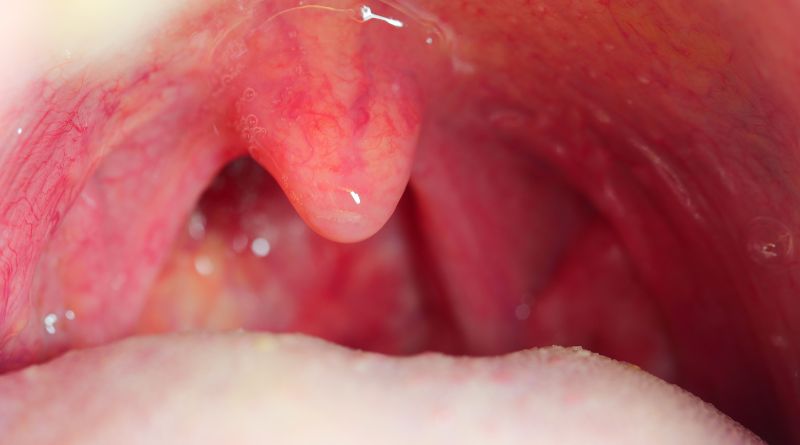Can Tonsils Grow Back After Being Removed? – Tymoff
Anatomy of the Tonsils
Understanding Tonsillar Tissue
The tonsils are part of the lymphatic system and are vital to the body’s immune response. Situated at the back of the throat, they act as the first line of defense against pathogens that enter the mouth or nose. When they become infected repeatedly or enlarge and obstruct breathing, doctors often recommend removal.
However, it’s essential to understand that tonsils aren’t just a solid lump of tissue. They consist of crevices, nooks, and folds called tonsillar crypts. During a tonsillectomy, surgeons remove the bulk of the tonsils but extracting every tiny bit of tonsillar tissue challenges them. It leads us to the central question of whether these remnants can lead to regrowth.
The Phenomenon of Tonsil Regrowth
Is it Possible?
In most cases, once surgeons remove the tonsils, they don’t grow back. However, as mentioned earlier, if some tonsillar tissue remains post-surgery, regrowth’s possible. Individuals who undergo a partial tonsillectomy, where surgeons remove only a portion of the tonsil tissue to maintain some immune function or reduce surgical risks, are more likely to experience this occurrence. The remaining tissue might increase in these cases, leading to what seems like a “regrown” tonsil.
Understanding that such growth doesn’t mean the return of the original tonsil’s full functionality or size is crucial. But in rare instances, a secondary tonsillectomy might be considered if this tissue becomes problematic or prone to infections again.
Signs and Symptoms of Tonsil Regrowth
How to Recognize Them
There are sure signs to look out for individuals who’ve had their tonsils removed and are concerned about regrowth. The symptoms might mimic those of the initial tonsillitis, including:
- Recurrent Sore Throat: Experiencing repeated episodes of sore throat, especially if they were a reason for the initial tonsillectomy.
- Swelling at the Back of the Throat: Any noticeable swelling or lumps might indicate the presence of tonsillar tissue.
- Difficulty Swallowing: This could arise if the regrown tissue obstructs the throat partially.
- Breathing Issues: Especially during sleep, similar to sleep apnea symptoms.
It’s essential to consult a doctor if you notice these symptoms. A healthcare professional can determine if the symptoms are due to tonsil regrowth or another underlying condition.
Reducing the Chances of Regrowth
Post-Surgical Care and Considerations
Ensuring complete tonsil removal during the initial surgery minimizes the chance of regrowth. Here are some considerations to keep in mind:
- Choose an Experienced Surgeon: The surgeon’s expertise plays a pivotal role in the thoroughness of the tonsil removal.
- Follow Post-Operative Instructions: Taking prescribed medications, maintaining oral hygiene, and attending follow-up visits.
- Stay Informed: If your doctor recommends a partial tonsillectomy, discuss the pros and cons, including the possibility of regrowth.
Conclusion: The Reality of Tonsil Regrowth
The body’s ability to heal and regenerate is genuinely remarkable. While the complete regrowth of tonsils post-tonsillectomy is rare, it’s not impossible. However, the chances are minimal with advances in surgical techniques and post-operative care. For those concerned about tonsil regrowth, staying informed, choosing experienced medical professionals, and adhering to post-surgery instructions are vital. Remember, when done right, tonsillectomy offers long-term relief from chronic infections and breathing difficulties, ensuring a better quality of life.




